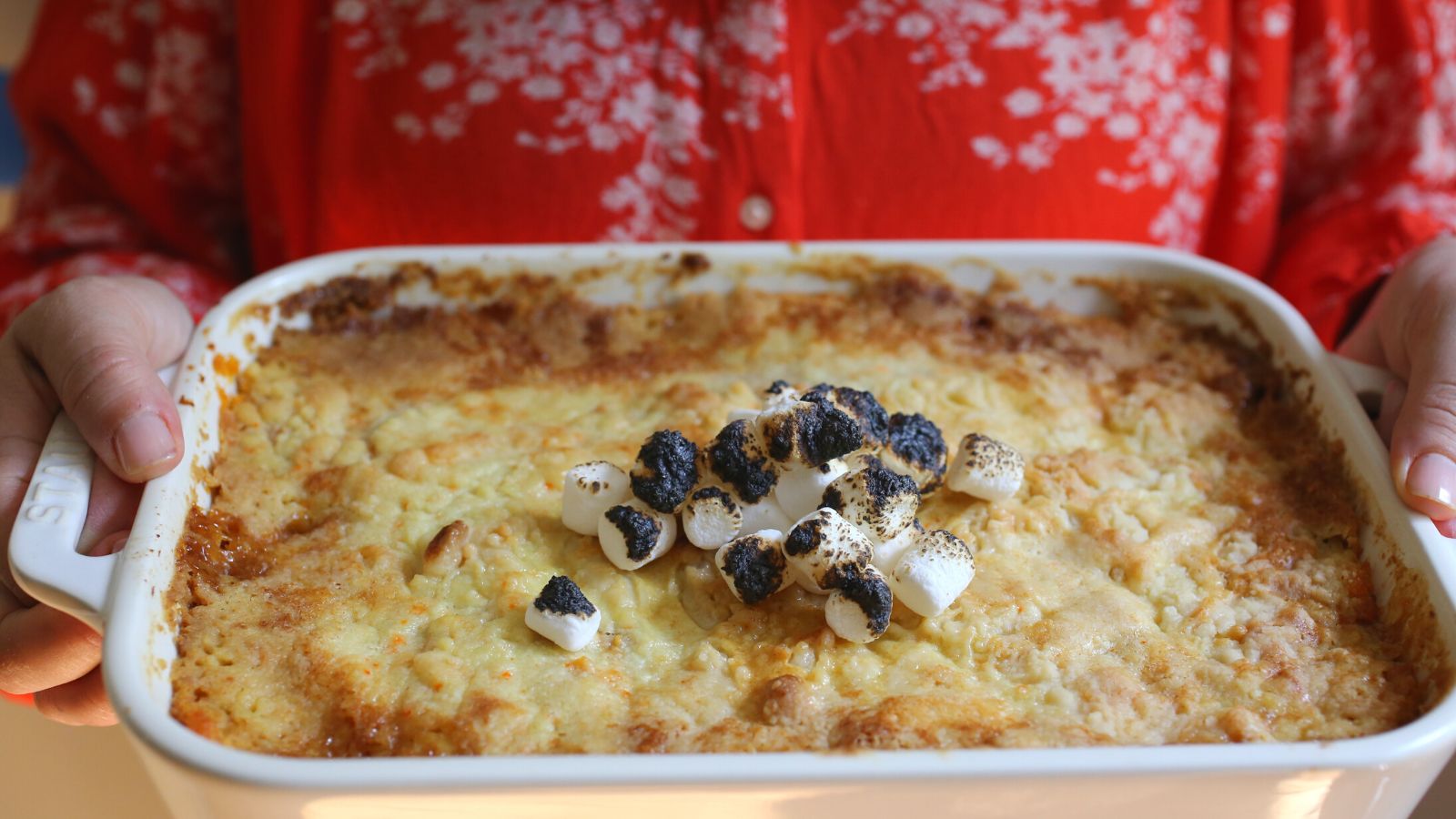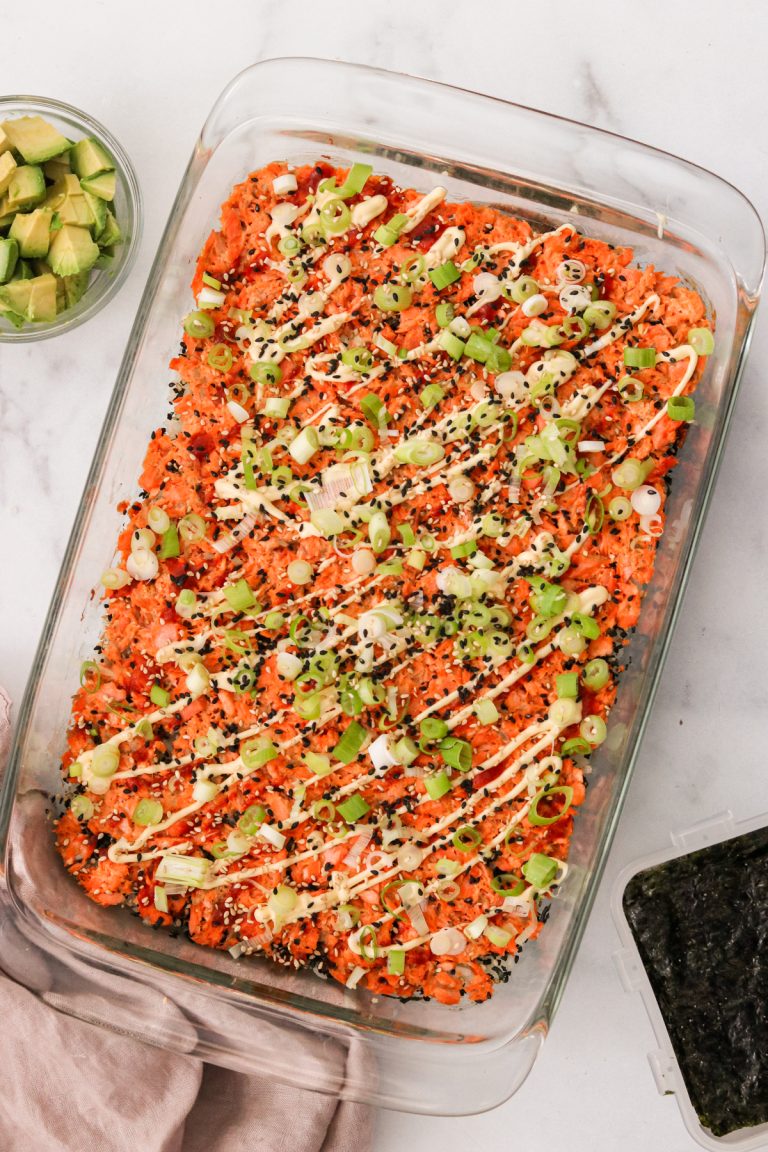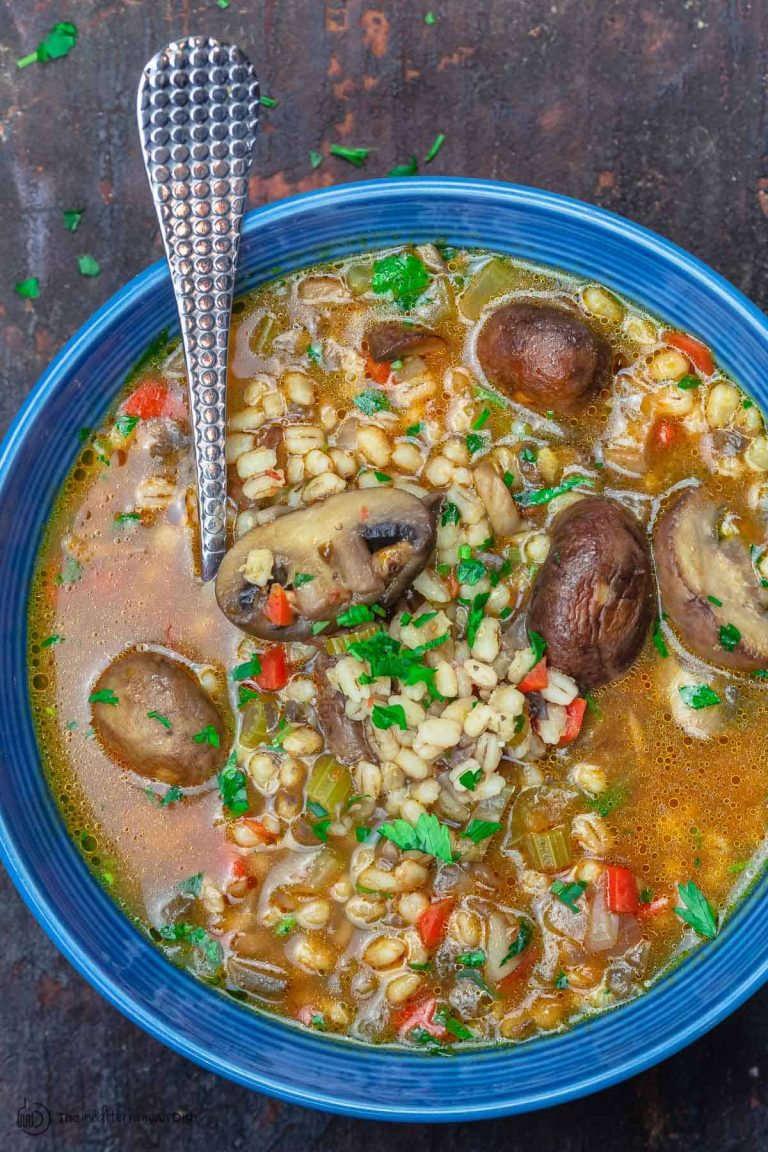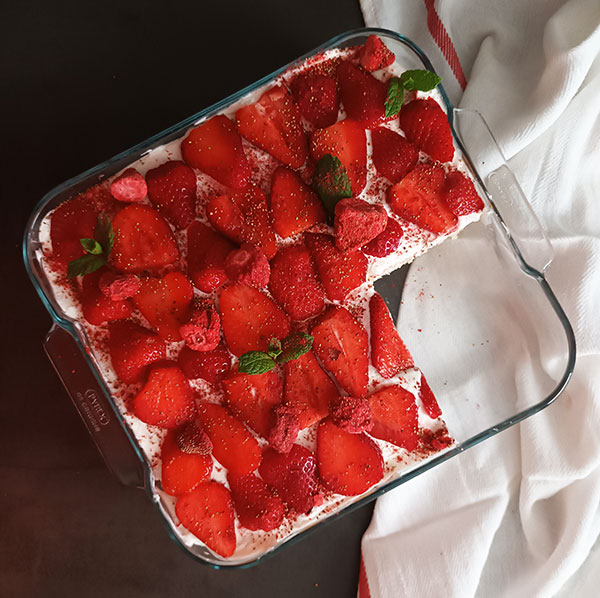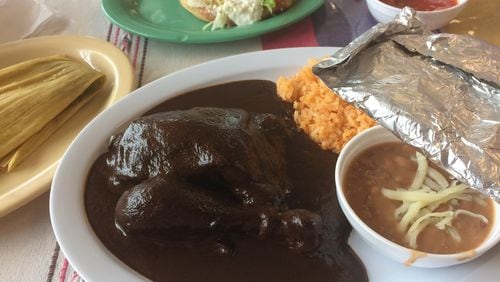Baked Rice Pudding: History, Recipes, and Modern Twists
Baked rice pudding has a rich history tracing back to ancient civilizations. Early recipes date to the Roman Empire, where a dish called “satura” combined rice with milk and honey. These ancient recipes often involved cooking the pudding over an open fire, creating a base for many subsequent variations.
Evolution Through the Ages
Over centuries, baked rice pudding adapted to regional cuisines. In medieval Europe, cooks introduced eggs and spices like cinnamon and nutmeg. By the 18th century, England had adopted it as a staple dessert. Across cultures, ingredient additions and cooking methods evolved, leading to the diverse versions enjoyed today.
Key Ingredients for Baked Rice Pudding
Choosing the Right Type of Rice
Select short-grain rice for the best texture in baked rice pudding. This type of rice releases more starch, creating a creamy consistency. Popular choices include Arborio rice and Calrose rice. Arborio rice, commonly used in risottos, absorbs flavors well. Calrose rice, often found in sushi, provides a slightly sticky texture. Avoid long-grain rice types like Jasmine or Basmati, which tend to stay separate and don’t achieve the desired creaminess.
Dairy and Non-Dairy Options
Opt for whole milk to achieve a rich and creamy pudding. Whole milk balances the starch from the rice, enhancing texture and flavor. For a richer pudding, use a combination of whole milk and heavy cream. Non-dairy options include almond milk and coconut milk. Choose unsweetened almond milk for a lighter version or coconut milk for a tropical twist. Ensure the proportions match those of traditional dairy to maintain consistency.
Essential Techniques for Perfect Baked Rice Pudding
The Importance of Baking Temperature
Maintaining the correct baking temperature ensures your rice pudding cooks evenly. Set your oven to 350°F (175°C) as this moderate heat allows the rice to absorb the liquid gradually, preventing it from drying out or becoming mushy. Use an oven thermometer for accuracy if possible, since oven settings can sometimes be inaccurate. Also, consider baking the pudding in a water bath. Place your baking dish inside a larger pan filled with hot water; this helps distribute heat evenly and avoids hotspots.
Secrets to Achieving Creamy Texture
Achieving a creamy texture involves meticulous attention to ingredient ratios and stirring. Use a ratio of 1 cup of Arborio or Calrose rice to 4 cups of liquid (whole milk or non-dairy alternatives). This ratio keeps the pudding creamy without making it too thick. Stir the mixture every 15-20 minutes during the baking process to prevent the rice from sticking to the bottom and to ensure even absorption of the liquid. Add a beaten egg to the mixture before baking; it will help thicken and stabilize the pudding. Stir in 2 tablespoons of butter at the end of baking to add richness and enhance the creamy texture.
Variations of Baked Rice Pudding Around the World
European Influences
Many European countries have their unique takes on baked rice pudding. In Portugal, “Arroz Doce” features rice cooked slowly in milk and sugar with lemon zest and cinnamon. Spain’s version, “Arroz con Leche,” often includes a touch of vanilla and a cinnamon stick. Swedish “Risgrynsgröt” is traditionally served during Christmas with an almond hidden inside, believed to bring good luck. In Britain, the pudding is baked in an oven until a caramelized top forms, using nutmeg for extra flavor.
Innovations in American Recipes
American recipes often put a twist on the classic dessert. New England-style rice pudding may include maple syrup, adding a distinctive regional flavor. Southern versions sometimes incorporate bourbon or other spirits for richness. Modern interpretations use non-dairy milk alternatives like almond or coconut milk, catering to dietary preferences. Brown sugar and raisins can be mixed in for added texture and sweetness. Some recipes introduce spices like cardamom or ginger, enhancing the complexity of flavors.
Serving and Presentation Ideas
Traditional Garnishes and Toppings
Add classic garnishes to enhance your baked rice pudding. Dust cinnamon powder over the top for warmth and flavor. Use freshly grated nutmeg if you prefer a subtle, aromatic touch. Raisins and sultanas add sweetness and texture. Toast slivers of almonds or nuts if you want a crunchy contrast.
Incorporate creams for a rich finish. Drizzle heavy cream or clotted cream over individual servings. Serve with a dollop of whipped cream if you like a light, airy accompaniment. Use milk or cream steeped with a vanilla pod to add a sophisticated flavor.
Modern Twists on Serving
Mix contemporary elements for a fresh spin. Replace traditional milk with almond milk or coconut milk for a dairy-free option. Top it with caramelized bananas or a spoonful of berry compote for vibrant colors and bold flavors.
Experiment with spices to diversify the taste. Sprinkle cardamom or ginger powder over the pudding. Garnish with matcha powder if you enjoy a unique, earthy flavor. Add a touch of luxury with a drizzle of salted caramel sauce.
Use creative serving vessels for visual appeal. Present the pudding in glass jars or ramekins for an individual touch. Layer it with crushed granola for added texture. Serve it with a side of fruit such as fresh berries or poached pears to balance the creamy richness.
Conclusion
Baked rice pudding offers a delightful blend of history and culinary creativity. Whether you stick to traditional recipes or experiment with modern twists, this dessert provides endless possibilities. From the comforting flavors of cinnamon and nutmeg to the exotic allure of cardamom and ginger, there’s a version for every palate. Serve it with your favorite garnishes or try innovative toppings like caramelized bananas or berry compote. With its rich history and versatile nature, baked rice pudding is sure to become a cherished part of your dessert repertoire.
